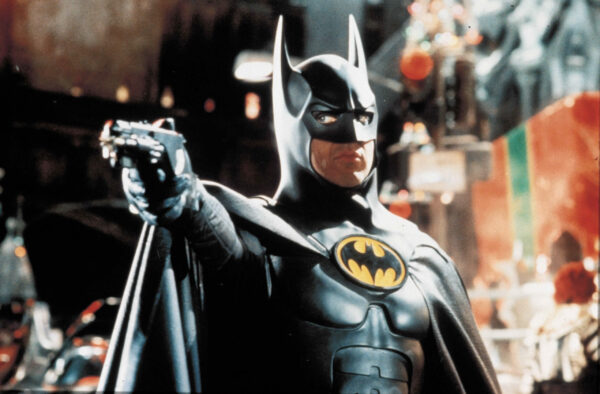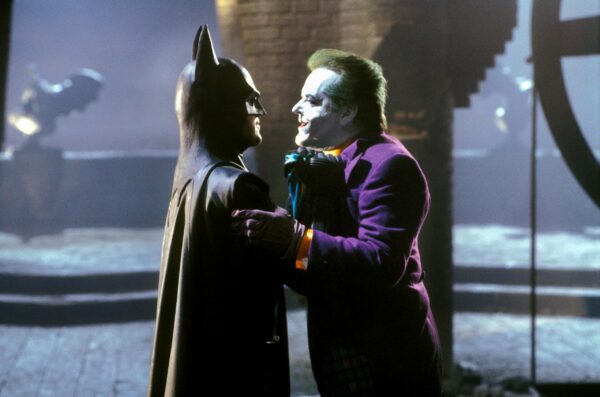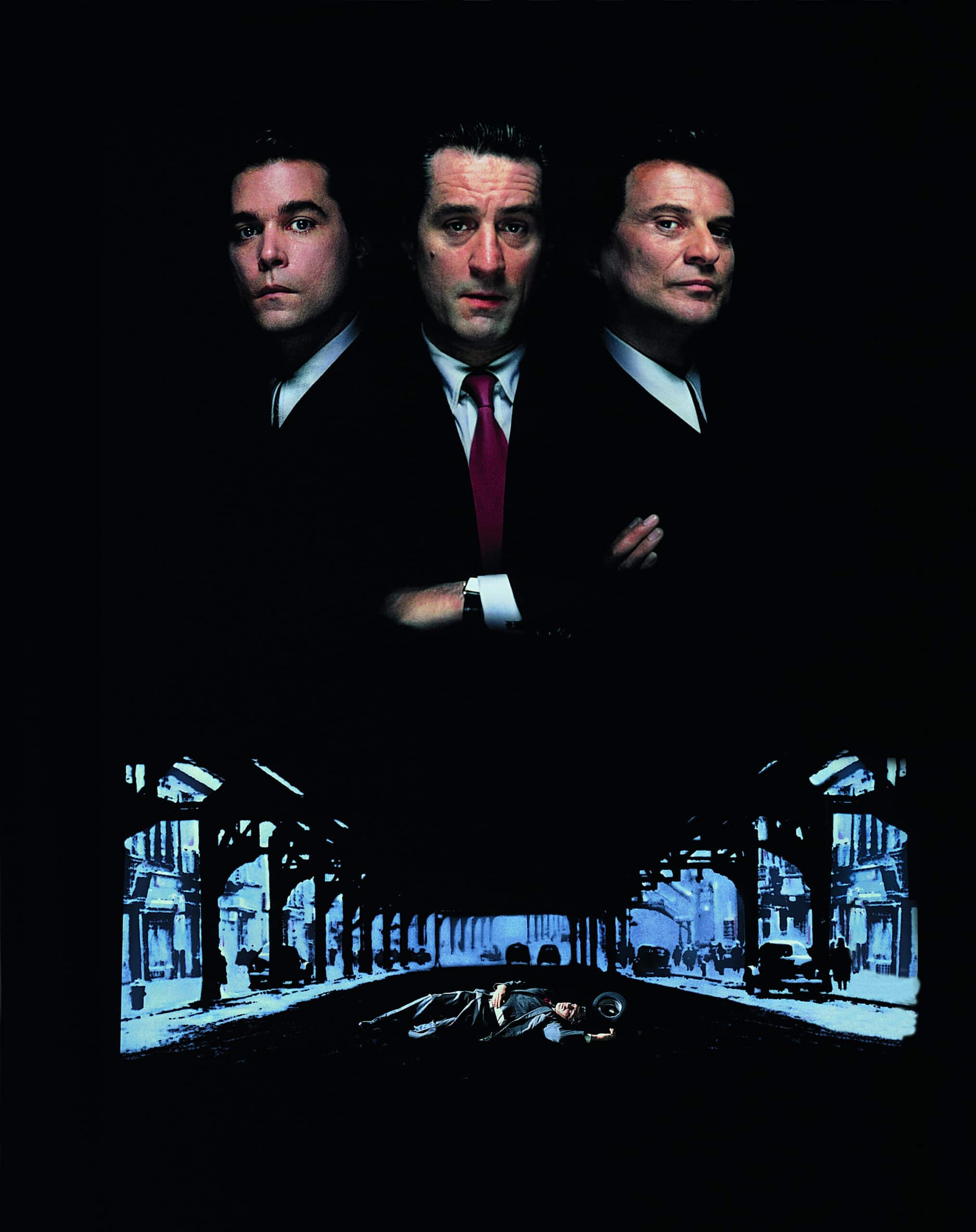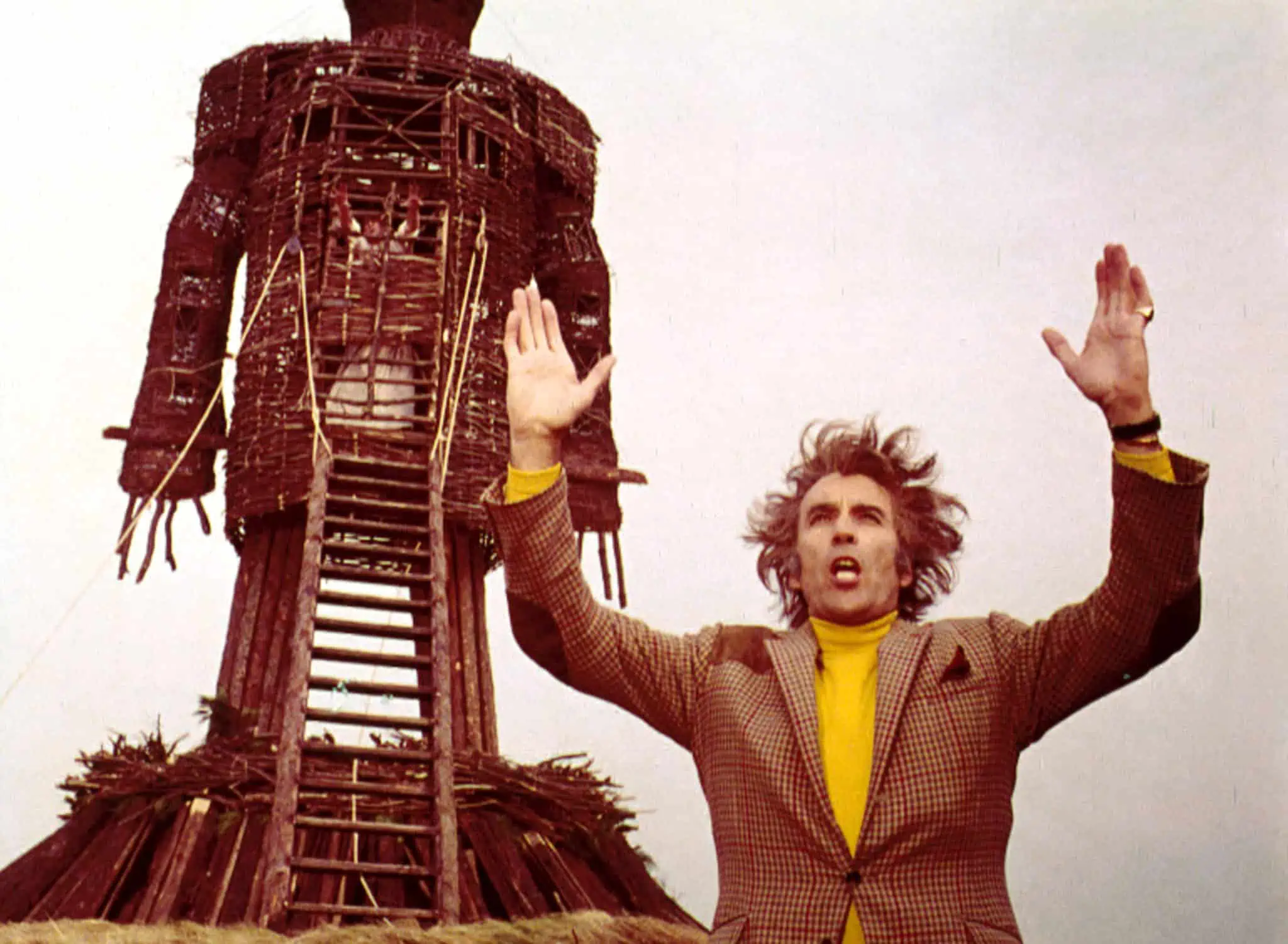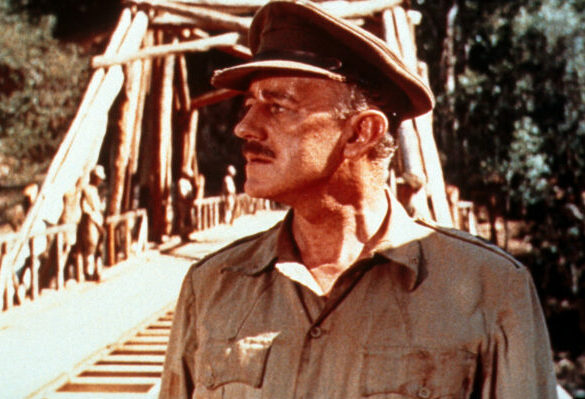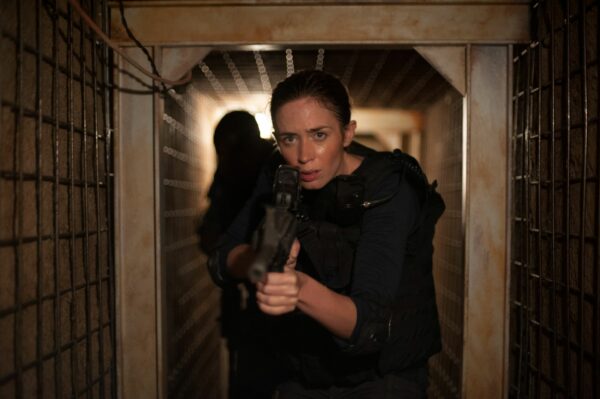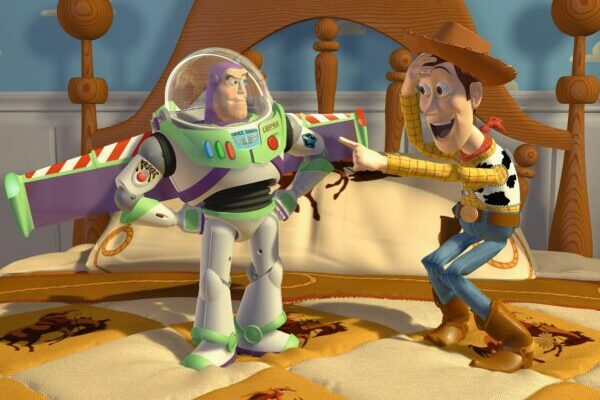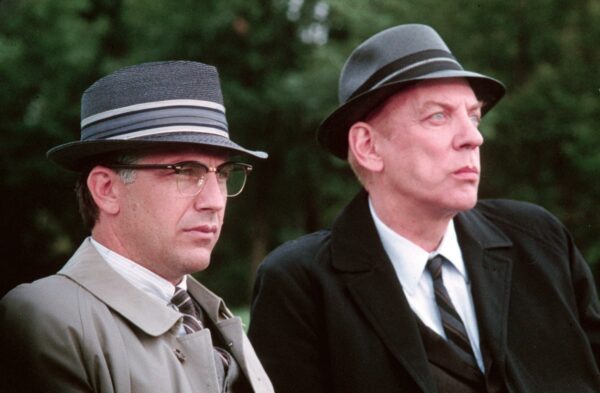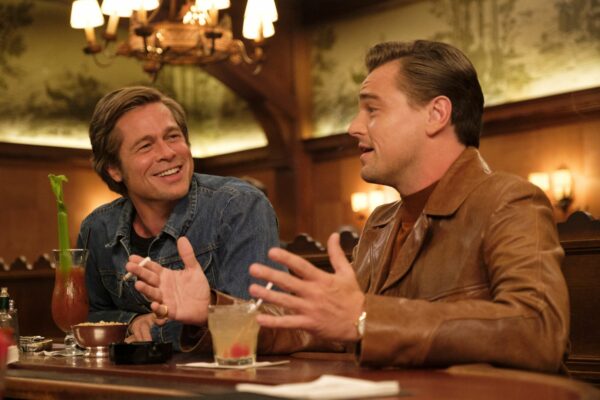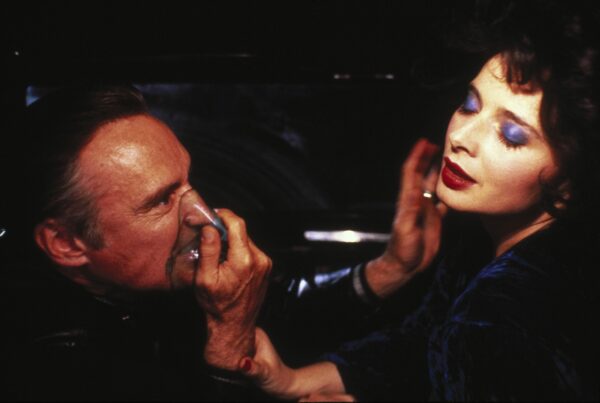
Are you looking for your new science fiction movie fix? You’ve seen the 2001s and Blade Runners of this world? Josh Greally has pulled together 10 lesser-known sci-fi films that every fan of the genre should watch.
These films were selected either because they didn’t perform well at the box office or they just never received the attention they deserve. Well, without any further ado let’s begin our countdown.
10. The Incredible Shrinking Man (1957)
Based on Richard Matheson’s novel, this underappreciated classic tells the tale of Scott Corey. Months after being caught in a mysterious cloud, Scott begins to slowly shrink at a rate of 1 inch per week. Eventually Scott becomes too small for even his fiancé to notice and must fight for survival in his own basement against torrential water spills and a giant spider.
While watching Jack Arnold’s The Incredible Shrinking Man you’ll be mesmerized by the spectacular props, sets, and effects used to achieve the realistic shrinking and miniature world, which still hold up today. But by the end, you’ll be more impressed by how much you grow to love Scott, thanks to Richard Matheson’s great writing and Grant Williams’ relatable performance.
9. The Man Who Could Cheat Death (1959)
This lesser-known Hammer Studios film tells the story of a professor who invents a serum that keeps the user young. The only problem is that he must murder people to get the ingredients he needs. We’ve seen movies about the consequences of trying to remain youthful before, but rarely are those films as nuanced as Terence Fisher’s The Man Who Could Cheat Death. Every character in this movie has layers and a sympathetic moment, making the horror much more tragic. All backed by a terrific cast including Anton Diffring and Christopher Lee, this is a film that proves that science fiction and horror can go together perfectly.
8. La Jetée (1962)
A man from the future is sent throughout time by scientists to find a way to rebuild society after World War III. But he is haunted by one image, that of a woman on a pier from his childhood. Chris Marker’s La Jetée is a memorable non-traditional post-apocalypse film. Its presentation (told using still photos with narration) gives the movie a feeling of inevitability, as though nothing can change the story. Coupled with the engaging narrative about trying to find hope and love amongst the ruins of civilization and beautiful narration, La Jetée proves there’s more than one way to tell a great post-apocalypse story.
7. A Boy and His Dog (1975)
A boy named Vic and his psychic dog, Blood, roam across the irradiated remains of civilization looking for ways to survive and for women to copulate with.
A bleak tale about the loss of humanity and the breakdown of society. L. Q. Jones’ A Boy and His Dog features a smart script adapted from Harlan Ellison’s novella, that makes each character and situation feel disturbingly real. Helped out by the daunting desert setting and incredible production design, as well as fantastic performances from Don Johnson, Jason Robards, and Tim McIntire, who gives Blood the dog a fascinating personality. A Boy and his Dog really stands the test of time.
6. Rabid (1977)
Rabid sees a young woman gain a hunger for blood after getting experimental skin grafts due to a motorcycle accident. And everyone she feasts upon turns into a blood-thirsty zombie. David Cronenberg’s sci-fi body horror film deals with themes of infection and spreading disease and is a great modern interpretation of classic monsters.
5. Le Dernier Combat (Aka The Last Battle) (1983)
In a desolate future wasteland, the last surviving humans, who are unable to speak, fight for survival and resources. Like La Jetée, Le Dernier Combat is very experimental in its approach. Stripping away most of what we’ve gotten used to in modern films (dialogue and color) mirroring how the characters in the film have had modern society, comforts, and amenities taken from them. Luc Besson’s movie serves as an entertaining example of stripped-back genre storytelling and is a loving tribute to silent cinema.
4. Threads (1984)
A young Sheffield couple trying to start a family at the height of the cold war soon face a bigger challenge when the political tensions of the time boil over and nuclear war breaks out. Threads is one of the most brutal sci-fi movies ever made. Presented in a British kitchen sink style, using mostly unknown actors, Mick Jackson’s film effectively builds tension in its first half by showing the escalating path to nuclear Armageddon from the perspective of ordinary people, which eventually pays off with some of the most horrifying images ever broadcast on UK TV. Threads will haunt you long after you turn the TV off.
3. Lifeforce (1985)
When a space mission encounters a mysterious alien craft and finds lifeforms on board, the astronauts bring the aliens back to earth for study. But one of the creatures awakens and begins draining the ‘lifeforce’ from everyone nearby. Can anyone stop this extra-terrestrial threat? Lifeforce, directed by Tobe Hooper, has largely been dismissed as cheesy schlock but it deserves to be watched because of its commitment to playing its ridiculous space vampires’ story straight, which makes for an entertaining ride. Featuring gorgeous set design, great special effects, that still hold up to modern eyes, and a very entertaining script, Lifeforce is possibly the best 50s sci-fi movie not made in the 50s.
2. Strange Days (1995)
At the end of 1999, a former LA police officer turned smuggler of squid recordings, tapes that give viewers the memories and feelings of the recorder, uncovers a dark web of murder and corruption involving the LAPD, a popular musician, and his ex-girlfriend’s manager. He must now race to solve the mystery before he meets a grisly fate. A strangely underappreciated movie that deserves to be held in higher regard. Kathryn Bigelow’s Strange Days is a grimy tech-noir that is both a fantastic commentary on the modern world and an engaging crime film with well-drawn characters and a good sense of escalating tension.
1. Primer (2004)
The absolute definition of “indie sci fi”, first-time writer-director Shane Carruth’s Primer was made on a budget of just $7000. Telling a tale of two young scientist friends who build a time machine, and with no budget for special effects of any kind, the film focuses on the scientists’ attempt to use the time machine for personal gain and beat the stock market. After a promoising start for the two inventors, things take a turn for the worse.
A thought-provoking morality tale that’s the opposite in every way of the mainstream, big-budget sci-fi films we mostly see in cinemas today.
Have we missed anything? If you’ve got some great, obscure science fiction movies to share, please do so in the comments.



